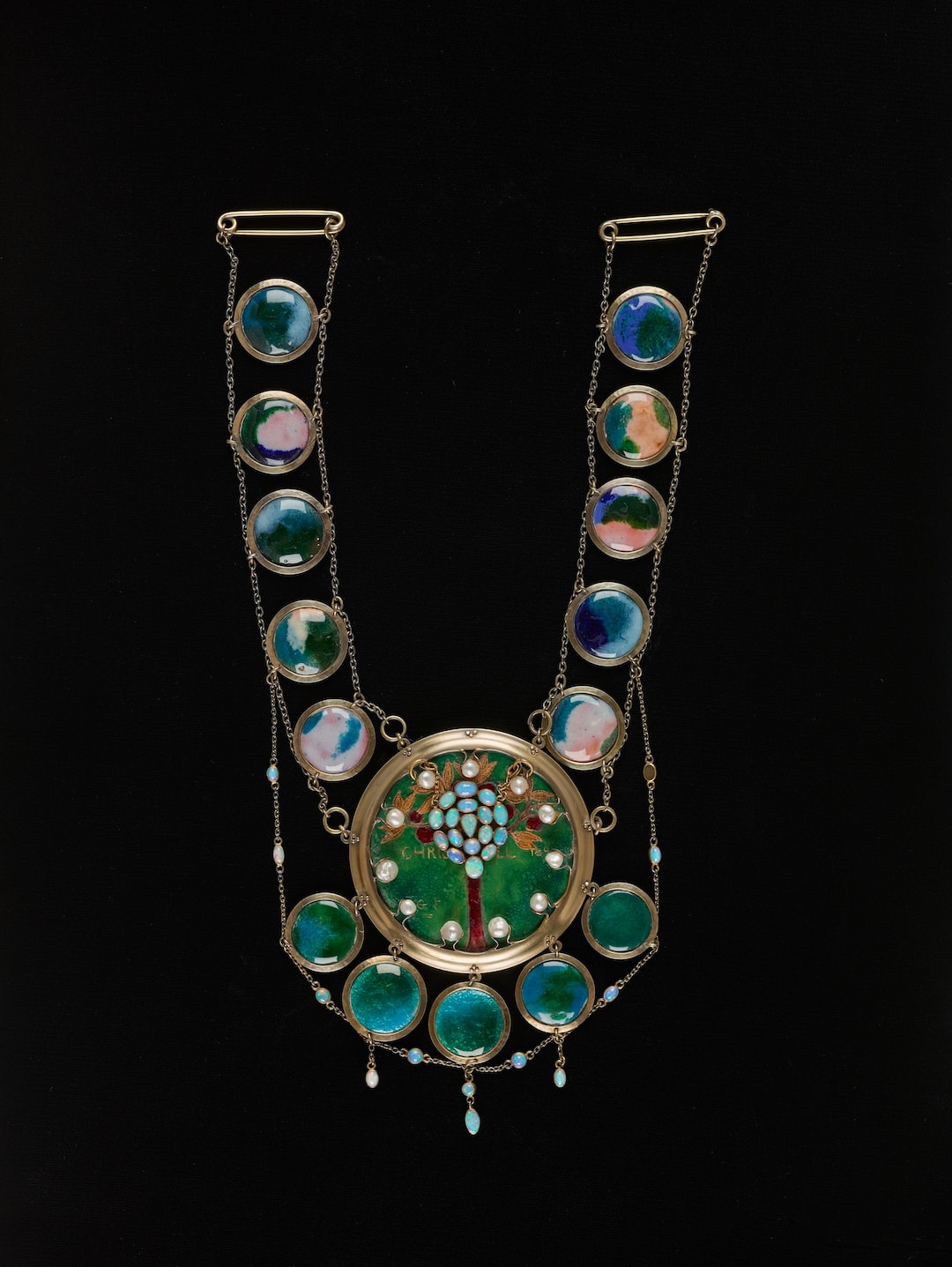Capturing the Essence of Nature: Landscape Painting Through the Ages
Since the dawn of time, humans have been captivated by the beauty of nature. We have sought to capture its essence, its raw power, and its delicate serenity in various artistic forms. One such form is landscape painting, which has evolved through the ages to become a celebrated genre in the art world. From the primitive cave paintings of our ancestors to the intricate masterpieces of the Renaissance, landscape painting has continually pushed the boundaries of artistic expression.
The roots of landscape painting can be traced back to early civilizations such as ancient Egypt and Mesopotamia. These early works depicted nature in a more symbolic and stylized manner, often serving religious or political purposes. As civilizations progressed, so did the portrayal of landscapes, with Greek and Roman artists incorporating more realistic elements into their works.
However, it was not until the Middle Ages that landscape painting as we know it began to emerge. During this time, landscapes were often used as backdrops in religious paintings, framing scenes from the Bible. The actual landscape was portrayed in a simplified and idealized manner, with an emphasis on creating a serene and harmonious environment.
The Renaissance period saw a revolution in landscape painting, with artists such as Leonardo da Vinci and Albrecht Dürer using the genre to explore the natural world scientifically. They sought to capture the depth and realism of nature, employing techniques such as aerial perspective and chiaroscuro to create a sense of depth and atmosphere.
One of the most renowned landscape painters of the Renaissance era was the Dutch artist, Pieter Bruegel the Elder. His works, such as “The Hunters in the Snow,” showcased the beauty and brutality of nature, capturing the essence of the changing seasons and the human experience within it.
As the centuries passed, landscape painting continued to evolve. The Romantic period, with artists like J.M.W. Turner and Caspar David Friedrich, emphasized the emotional and spiritual aspects of nature. These artists sought to depict not only the physical landscape but also the emotions it evoked in the viewer.
Later, the Impressionist movement emerged, challenging traditional notions of representation. Artists such as Claude Monet and Camille Pissarro used vibrant brushstrokes and a focus on light and color to capture the ever-changing nature of the landscape. They aimed to convey the fleeting nature of a moment and the subjective experience of the viewer.
In the 20th century, landscape painting took on new dimensions with the advent of abstraction and modernism. Artists like Wassily Kandinsky and Georgia O’Keeffe explored the abstract qualities of nature, using bold colors and unconventional compositions to evoke emotion and transcend reality.
Today, landscape painting continues to evolve, embracing both traditional and contemporary techniques. Artists like Ansel Adams have mastered the art of photography to capture the grandeur and majesty of nature, while others, like David Hockney, blend traditional painting techniques with digital technology to create stunning landscapes.
In a world that is becoming increasingly detached from nature, landscape painting allows us to reconnect with the Earth and find solace in its beauty. It serves as a reminder of our place in the natural world and the importance of preserving it for future generations.
In conclusion, landscape painting has evolved through the ages, reflecting changing artistic movements and our evolving relationship with nature. From the simple cave paintings of our ancestors to the complex masterpieces of today, landscape painting continues to inspire and captivate us. Its ability to capture the essence of nature is a testament to the power of art and the timeless beauty of the world around us.

